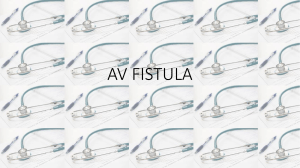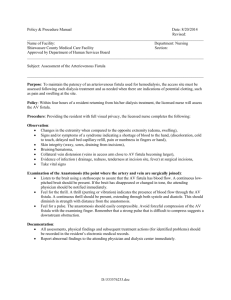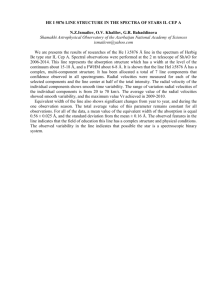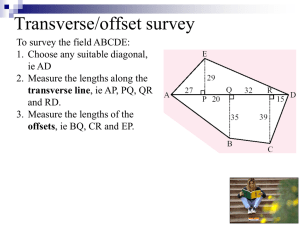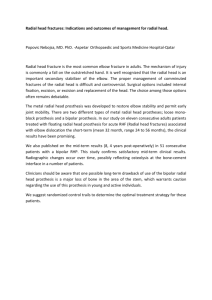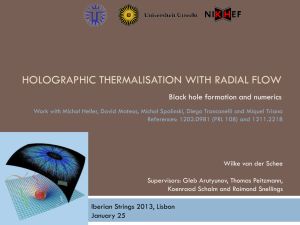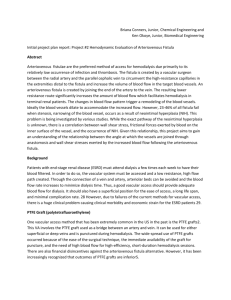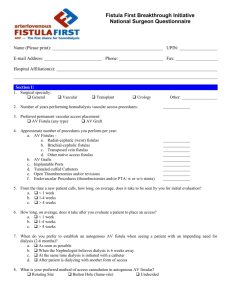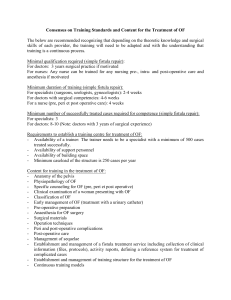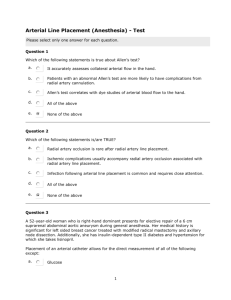transcatheter repair of a radial arteriovenous
advertisement
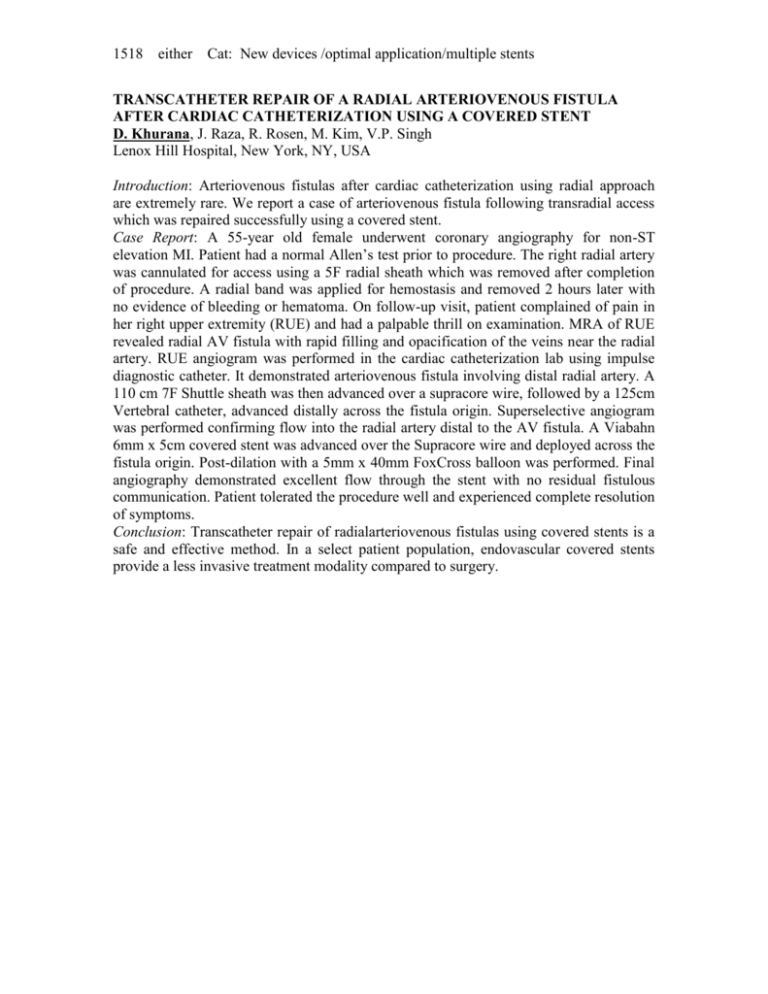
1518 either Cat: New devices /optimal application/multiple stents TRANSCATHETER REPAIR OF A RADIAL ARTERIOVENOUS FISTULA AFTER CARDIAC CATHETERIZATION USING A COVERED STENT D. Khurana, J. Raza, R. Rosen, M. Kim, V.P. Singh Lenox Hill Hospital, New York, NY, USA Introduction: Arteriovenous fistulas after cardiac catheterization using radial approach are extremely rare. We report a case of arteriovenous fistula following transradial access which was repaired successfully using a covered stent. Case Report: A 55-year old female underwent coronary angiography for non-ST elevation MI. Patient had a normal Allen’s test prior to procedure. The right radial artery was cannulated for access using a 5F radial sheath which was removed after completion of procedure. A radial band was applied for hemostasis and removed 2 hours later with no evidence of bleeding or hematoma. On follow-up visit, patient complained of pain in her right upper extremity (RUE) and had a palpable thrill on examination. MRA of RUE revealed radial AV fistula with rapid filling and opacification of the veins near the radial artery. RUE angiogram was performed in the cardiac catheterization lab using impulse diagnostic catheter. It demonstrated arteriovenous fistula involving distal radial artery. A 110 cm 7F Shuttle sheath was then advanced over a supracore wire, followed by a 125cm Vertebral catheter, advanced distally across the fistula origin. Superselective angiogram was performed confirming flow into the radial artery distal to the AV fistula. A Viabahn 6mm x 5cm covered stent was advanced over the Supracore wire and deployed across the fistula origin. Post-dilation with a 5mm x 40mm FoxCross balloon was performed. Final angiography demonstrated excellent flow through the stent with no residual fistulous communication. Patient tolerated the procedure well and experienced complete resolution of symptoms. Conclusion: Transcatheter repair of radialarteriovenous fistulas using covered stents is a safe and effective method. In a select patient population, endovascular covered stents provide a less invasive treatment modality compared to surgery.
